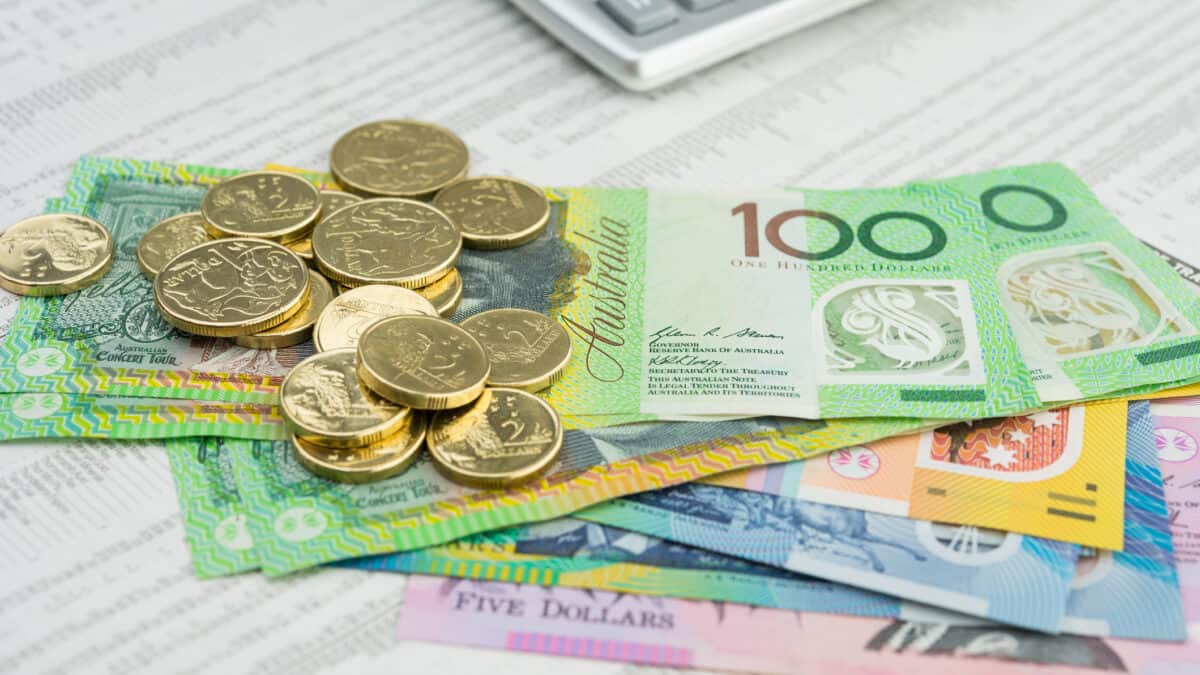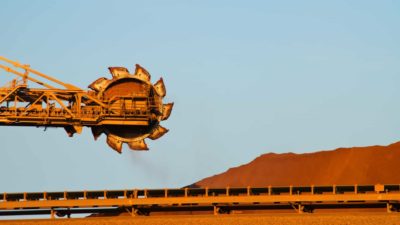Owners of BHP Group Ltd (ASX: BHP) shares may have gotten used to the large passive income payments the ASX mining share has been sending to investors each year. But the BHP dividend is not appealing to me.
As we can see on the chart above, the last five years have been a volatile period for the ASX iron ore share.
Some big dividends were paid during that period. However, the BHP dividend has been on a downward trend recently, with the FY24 result seeing that decline continue. The FY24 annual dividend was US$1.46 per share, down from US$1.70 per share in FY23, which represents a cut of 14%.
There are three reasons why I'm not looking to invest for BHP's future dividends.
More BHP dividend cuts are expected
The most obvious reason why passive income isn't attractive is that the ASX mining share is expected to reduce its dividend further in coming reporting periods.
Analysts at UBS, who spend a lot of time analysing the resources giant, believe the company's annual dividend per share will be cut to US$1.17 in FY25, which would represent a 20% reduction year over year.
The broker predicts that by FY27, the BHP dividend per share will fall to US$1.09 and then drop again to US$1.03 in FY28.
If I'm investing in an ASX share for passive income, I'd prefer to see growth, not a steady reduction of payments.
Iron ore is BHP's key commodity for now, but UBS noted that potash prices have fallen for 10 consecutive quarters in a row due to soft demand and robust supply. The broker is expecting the potash market to be in a material surplus in the 2030s, which is likely to impact the profitability of the Jansen project in Canada.
Iron ore price to continue falling?
The iron ore price has been notoriously difficult to predict over the last few years, with both strengths and weaknesses of buying from China coming at different times.
Prior to the US election, investors were concerned that the sluggish Chinese economy would weaken iron ore demand.
The prospect of impending US tariffs on China following Donald Trump's win is a factor that shouldn't be ignored. In my view, it could hurt the Chinese economy and manufacturing/construction.
There are also suggestions that Trump's administration may want Australia to take a more active role in " tackling Chinese aggression in the Pacific", which I wouldn't expect to lead to increased Chinese buying of Australian iron ore.
Overall, I think the iron ore price is more likely to be lower than higher in the next four years, hurting the potential BHP dividends.
Samarco costs
The Samarco dam disaster in Brazil has been a cloud hanging over BHP for some time already.
BHP recently announced a final settlement with public authorities. While US$7.9 billion has already been spent between 2016 and September 2024, the agreement includes US$18 billion of payments over 20 years and additional performance obligations for an estimated financial value of approximately US$5.8 billion.
It's right that significant damages are paid, but I think this will reduce the size of the BHP dividend that would have otherwise been paid without this compensation, further reducing the payout's attractiveness.









